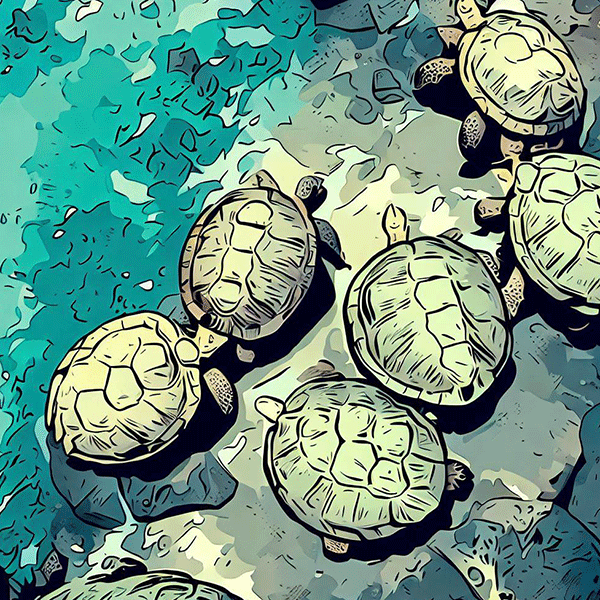How Life Changes Over Time
Have you ever looked at pictures in your family album and noticed that you have the same smile as your mom or the same eyes as your dad? These similarities are because of traits, or characteristics, that are passed down from our parents. Now, imagine a giant family album that covers billions of years! That’s what evolution is like. It’s the story of how life has changed over a really, really long time.
What is Evolution?
Evolution is how living things change over generations. A scientist named Charles Darwin, who lived in the 19th century, had a lot of ideas about evolution. His thoughts, along with those from other scientists, help us understand why there are so many different kinds of life on Earth.

Survival of the Fittest
One important idea to understand evolution is “natural selection,” which is sometimes called “survival of the fittest.” In every type of animal or plant, there are differences between individuals because of their genes. If a certain trait, like being taller, having sharper teeth, or being able to run faster, helps an individual survive and have babies, this trait is more likely to be passed on to future generations. Over time, these helpful traits become more common. That’s natural selection!
Clues to Evolution
Scientists find clues to evolution from many places, and it’s like a big puzzle they are still putting together. Here are some of the puzzle pieces:
- Fossils: Fossils are like nature’s time capsules. They are the preserved remains of plants, animals, and other creatures from a long time ago. By studying fossils, we can see how life has changed over millions of years.
- Comparative Anatomy: This is when we look at the body parts of different species and find similarities. For example, a human hand, a bat’s wing, and a whale’s flipper all have similar bones. This suggests that these species have a common ancestor.
- DNA and Genetic Analysis: By looking at the DNA of different species, scientists can figure out how closely related they are. The more alike the DNA, the closer the relationship.
The Tree of Life
Scientists often draw evolution as a tree, which is called the “Tree of Life.” The branches represent different species. Species that come from the same branch had a common ancestor. As species changed and became more diverse, new branches formed on the tree.
Evolution Today
Evolution isn’t just something that happened in the past—it’s happening right now! Take the flu virus, for example. It changes so fast, which is why we need a new flu shot every year. Or think about bugs that have evolved to survive chemicals that used to kill them, making it hard to control pests.
Wrapping Up
Understanding evolution helps us appreciate all the different kinds of life on Earth. It shows us that everything—from tiny microbes to giant whales, from simple plants to complex humans—is part of a big, interconnected family tree. And remember, evolution is not about perfect designs but about nature trying new things, adapting, and a lot of time. So next time you’re outside in nature, remember you’re seeing the results of billions of years of history!
